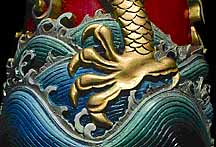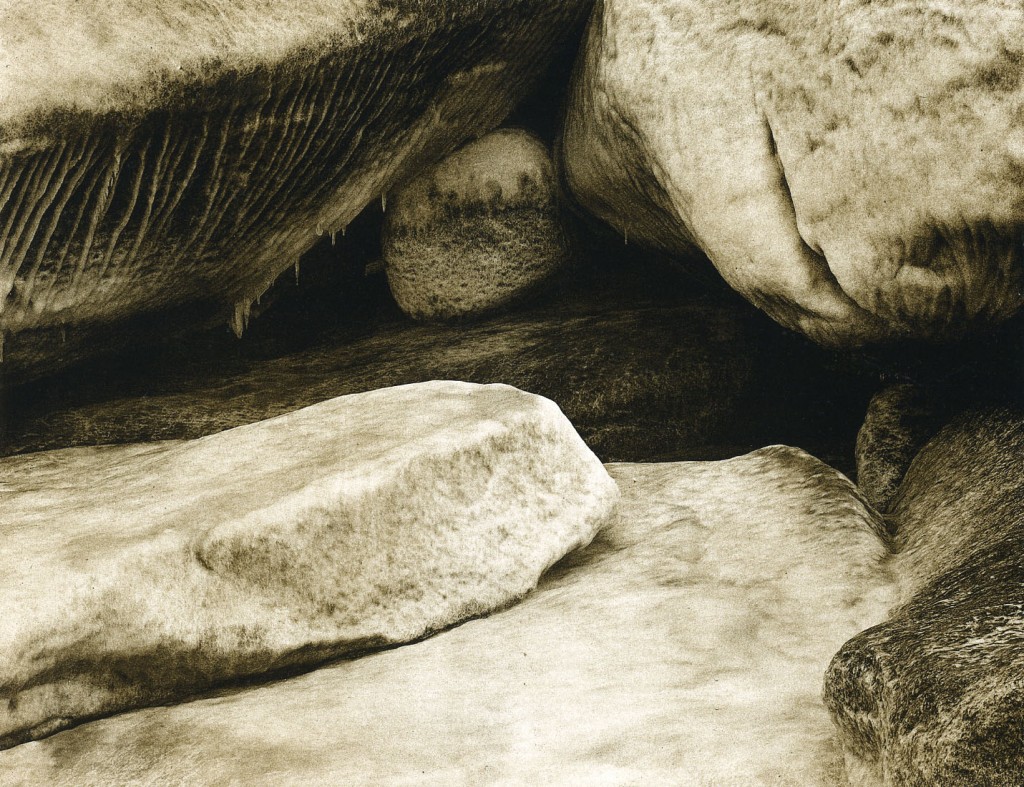12 Screenless Lithographs
12 Screenless Lithographs is a portfolio of 12 prints (image size: 7.5 X 9.5 inches) using a screening technique known as Integral Random Dot. Predating the digital stochastic or FM (Frequency Modulated) screening approach currently used by many offset printers in place of the traditional halftone dot, the Integral Random Dot embodies several distinctive characteristics.
As the name implies, the Integral Random Dot method of screening was truly random and responsive to the image itself—hence the “integral” in the name. In addition, the “dots,” or marks, varied in size in response to the image, unlike digital FM Screening where each “dot” is the same size but occurs in varying frequency (frequency modulated).
Creating the lithographic films used to expose the plates was a finicky and multi-generation process that rendered the image being reproduced in a uniquely crisp and brilliant manner. While a few pioneering printing firms experimented with the technique in the early 1970s, it was far too unpredictable to gain a foothold in the commercial printing industry, where reliable reproduction trumped the unique beauty of an image printed without the use of a halftone dot.
In 1973 as a graduate student at Visual Studies Workshop in Rochester, New York, however, I could afford to devote the time required to achieve exactly the results I wanted. The prints are duotones, that is, printed using two different color inks, which I intentionally altered to achieve maximum resonance for each of the twelve images in the portfolio. They were pulled on a flatbed offset proof press at VSW. Each print was dampened and rolled up by hand exactly the same as one would print from a lithographic stone. The portfolio was printed in a signed and numbered edition of forty. It is presented in a cloth bound case with a hand set letterpress printed title sheet and afterword explaining the technical details. The portfolio design, prepress, typesetting, and presswork was performed by the author.
12 Screenless Lithographs is in the permanent collection of the Art Institute of Chicago; Bibliotheque Nationale, Paris; Museum of Modern Art; National Gallery of Canada; U.C. Santa Cruz; and Visual Studies Workshop among others.

